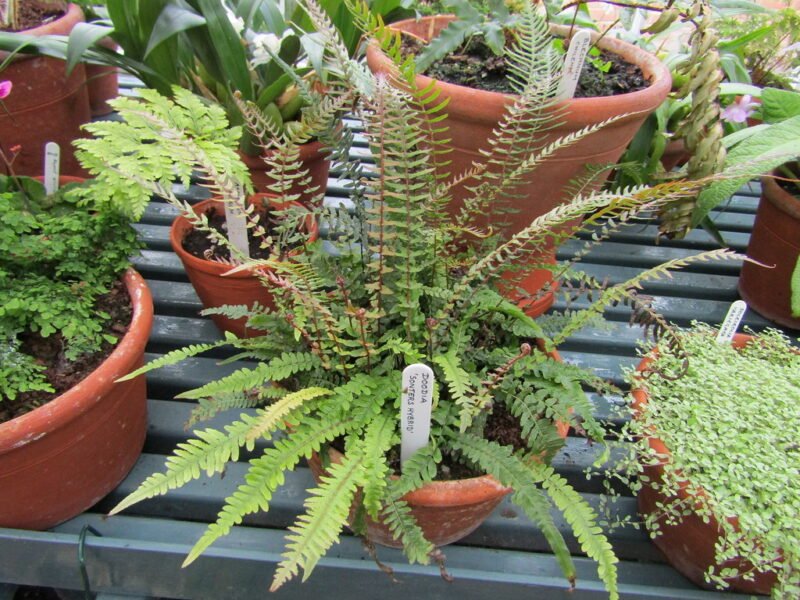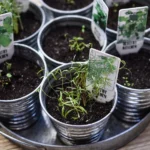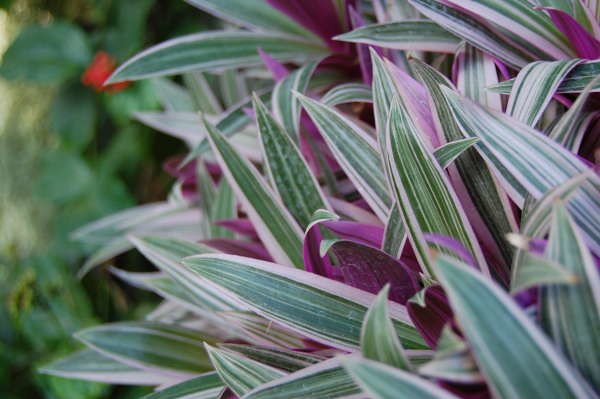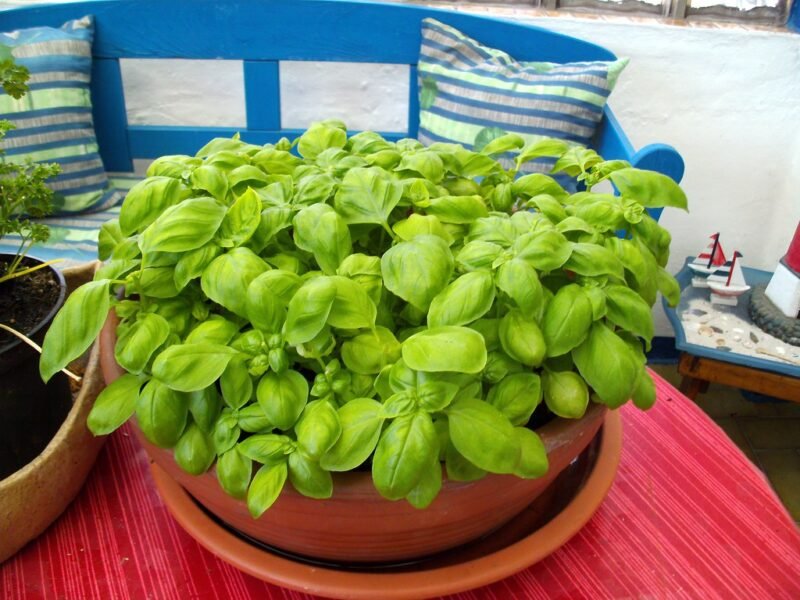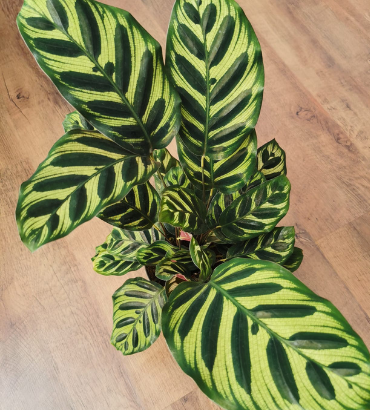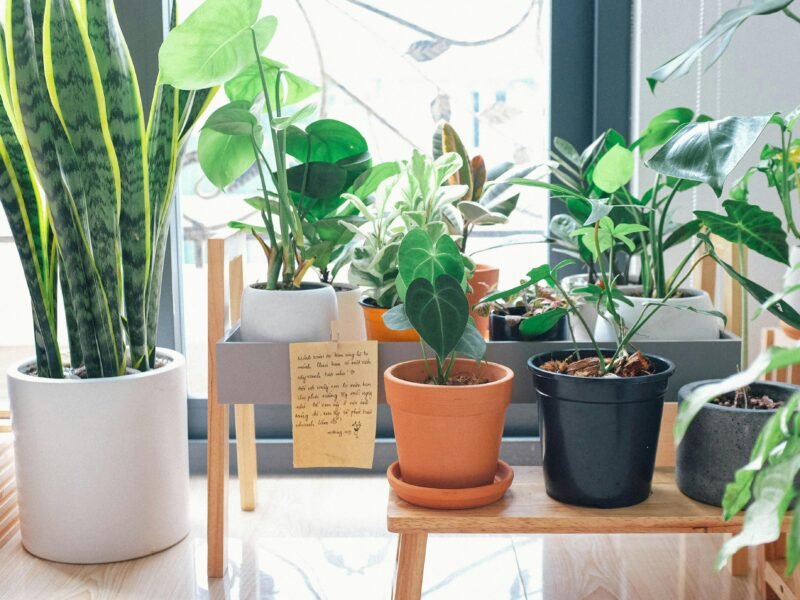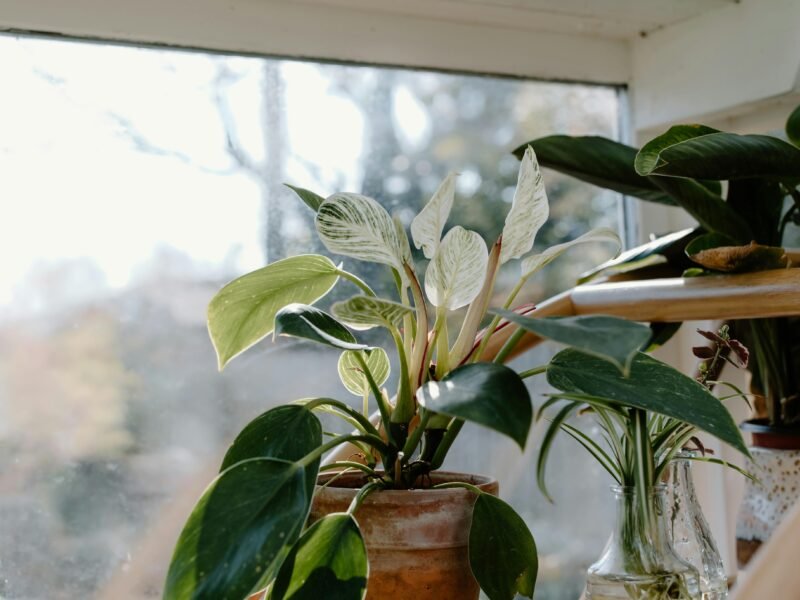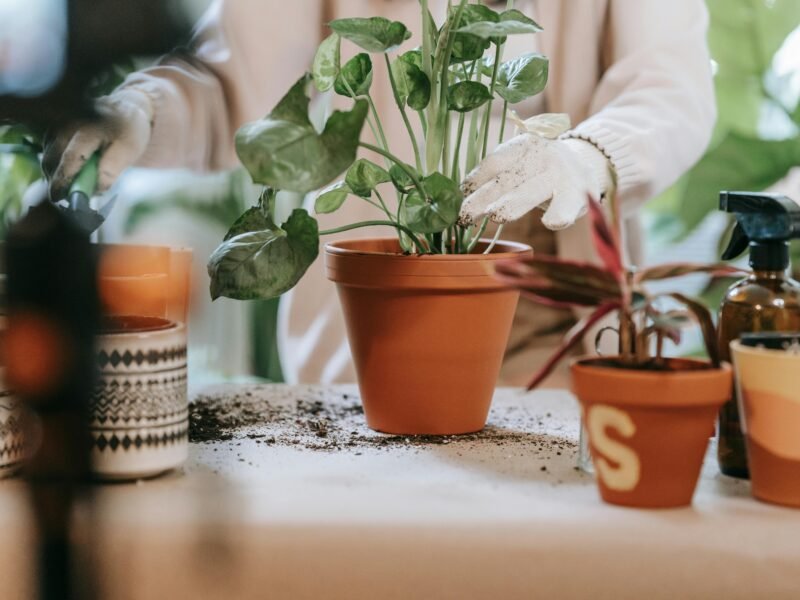Fern houseplant is a timeless and versatile option that would fit well in any established—or growing—garden. Ferns, with their fine fronds and rich green foliage, infuse your home with a touch of the wild. These plants have been around for millions of years, evolving into hundreds or even thousands of species. The plants are popular as houseplants because of their ornamental stems and rippled, heart-shaped leaves, which grow well indoors where other plants may fail.
This article will guide you through everything you need to know about the fern houseplant, from its history and the various types that exist in our universe, to providing advice on how to grow and care for these amazing plants. This guide will show you the way to grow ferns in your home, whether you are an experienced plant lover or at the very beginning of your indoor gardening career.
Table of Contents
ToggleHistory and Meaning
Fern houseplant are some of the world’s oldest plants, dating back over 350 million years, as witnessed by large fossil deposits. They did very well in prehistoric forests that existed long before flowering plants made their debut about 100 million years ago, and they still rank among the reigning queens of the plant world. Now, they are present in many habitats, ranging from tropical rainforests to temperate woodlands.
The fern houseplant, renowned for its delicately intricate fronds that give a graceful and almost mythical appearance, has earned its status as a prized possession. By the Victorian era, when ferns became more affordable, they had already established themselves as a symbol of elegance and class, with many individuals transforming their ramose patches into sophisticated designs. This love of ferns lives on, as they remain one of the most in-demand houseplant varieties to date.
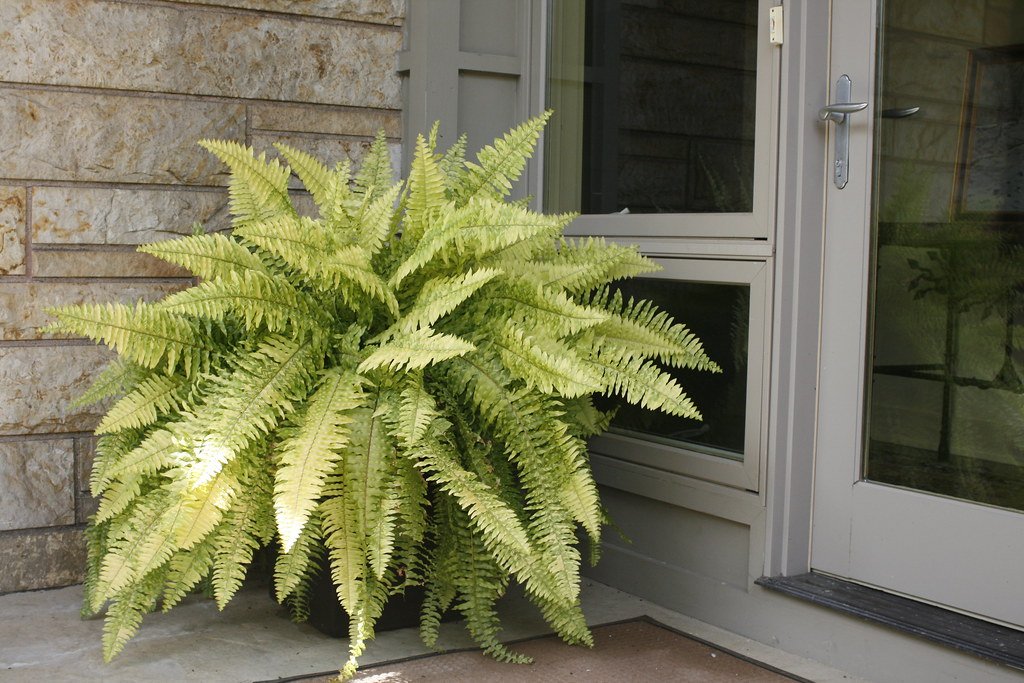
Favorite Fern Houseplants
There are plenty of species of ferns to pick for indoor planting. You can learn a lot about these fascinating and distinctive species, which is why choosing the right one for your home is crucial. Here are a few types of ferns that are highly rated for your home:
The Boston Fern (Nephrolepis exaltata)
It is one of the most popular ferns, known for its long, arching fronds. They are one of the easiest snake species to maintain and care for, making them suitable for beginners.
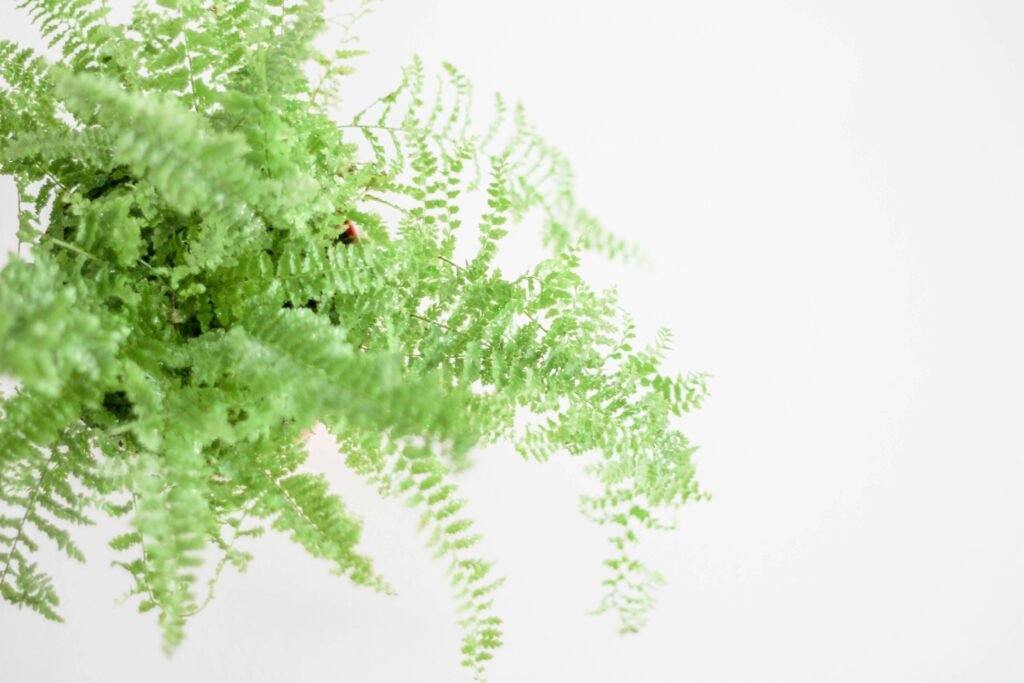
Maidenhair Fern (Adiantum)
Small, lace-like leaves give maidenhair ferns their fine texture and cascading form. They can be picky eaters, but on the higher humidity and thirstier side of the spectrum, they are generally more finicky plants.

Birds Nest Fern (Asplenium nidus)
This fern is so cool with its wide, flat fronds that have a bird’s nest shape to them. It can handle dryer conditions compared to most ferns, which means it is a suitable plant for indoor cultivation.
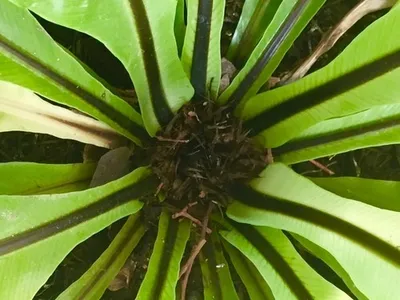
The Staghorn Fern (Platycerium)
Its common name from its antler-shaped fronds; it is an epiphyte, meaning it naturally grows on other plants. People usually stick this plant on walls and use it as a houseplant, creating beautiful vertical arrangements. Read more about more ferns here.

Benefits of an Indoor Fern Plant
Here are some more reasons to add fern houseplants to your indoor garden besides their beauty:
Air Purification: Ferns help detox indoor air by absorbing a variety of toxins, such as formaldehyde, xylene, and toluene. That makes them a top pick for enhancing the air quality in your home.
The process of transpiration, also known as evaporation, allows ferns to release moisture into the air, thereby regulating humidity. They can be useful during winter since they are effective at holding in moisture, and dry indoor air is a problem more often than not.
Aesthetics: There is something deeply comforting and natural with the rich green leaves of ferns, creating a sense of tranquility in any location. With their bright and fluffy, gentle fronts, they truly add calm surroundings to distinct indoor designs.
Low Maintenance: While some ferns can be temperamental, many fern species (like the Boston fern) do not require any special treatment at all, apart from maintaining the proper level of humidity and indirect sunlight.
Fern Houseplant Care
Ferns are typically simple to care for, but there are a few requirements these plants need to be content indoors. Read on for a guide on how to help your fern houseplants thrive.
Light Requirements: Ferns do well in low to medium indirect light. In the wild, ferns thrive on the forest floor and are accustomed to sunny natural light. Never allow ferns to sit in full sunlight, as their delicate fronds will burn.
Watering: Ferns Live and Die by the Watering. The one thing that separates consistently healthy fern houseplants from those whose lives become very short-lived is simple: moisture. Keep soil consistently moist (not waterlogged) for all but the driest ferns. Overwatering or allowing the internal soil moisture to completely dry out can lead to root rot. To avoid all this hassle, just remember to water your fern when the top inch of soil feels both damp and dry at the same time. Having a well-draining pot in place will directly reduce water accumulation in the soil.
Humidity: Humidity is one of the critical elements as far as fern houseplant care is concerned. Ferns prefer humid conditions, and indoor environments will usually be too dry for them to truly flourish without extra love. Here are a few ways you could increase humidity around your fern. Misting the plant regularly. Adding a water and pebble retardation tray under the pot. Placing humidity in the room. These are important steps for the health of species like maidenhair ferns, which thrive in high-humidity environments.
Soil and fertilizer: Ferns love a lightweight potting mix with excellent drainage, including low levels of organic matter. Most species prefer a peat-based mix with perlite or sand added. For the most part, ferns are not heavy feeders (photosynthesizing can often get a plant only so far), but during the growing season (spring and summer), you will want to fertilize your fern houseplant with a balanced water-soluble fertilizer cut back to half strength no more than once per month. Read more about fertilizer here.
Temperature: Ferns are extremely temperature-sensitive. They usually prefer temperatures between 60°F and 75°F, so try to avoid cold drafts or heaters, which can stress your plant by causing sudden temperature shifts.
Common Problems and Solutions
Most ferns are not too fussy, but issues will occasionally arise. Here are some common issues that may arise with your fern houseplant, along with solutions for them:
Brown/Crispy Fronds: This can be attributed to either a problem with humidity or a lack of water. Boost humidity around the plant and water it regularly.
Yellow Leaves: White leaves may also be due to overwatering while yellowing leaves are most often due to drainage issues. Use a well-draining pot and water only slightly moist, allowing the soil to dry some between watering.
Pests: Ferns, like other plants, are sometimes targeted by pests such as spider mites and aphids. If you see any pests, treat your plant with insecticidal soap or Neem oil.
Repotting and propagation
Ferns are not quick growers and require repotting only when they become roots. Use a pot with a diameter 1-2 inches bigger than the previous one, along with fresh potting mix. The best time to repot is spring, before growth.
Division, which involves carefully dividing the root ball into small pieces and replanting each piece in its pot, is not the only method of propagating ferns. Do this while repotting as well.
Fern houseplants are such a wonderful addition to an indoor space. Ferns, as houseplants, can do wonderfully when well cared for and freshen up the ambiance of your home by purifying the indoor air. Whether you choose a Boston fern, Maidenhair fern, or another one of your favorite types, knowing what your plant needs will ensure it leads a long and full life. Your fern houseplant will become a beautiful, weatherproof companion with the right light, water, and humidity.
Most Viewed
Latest Articles


